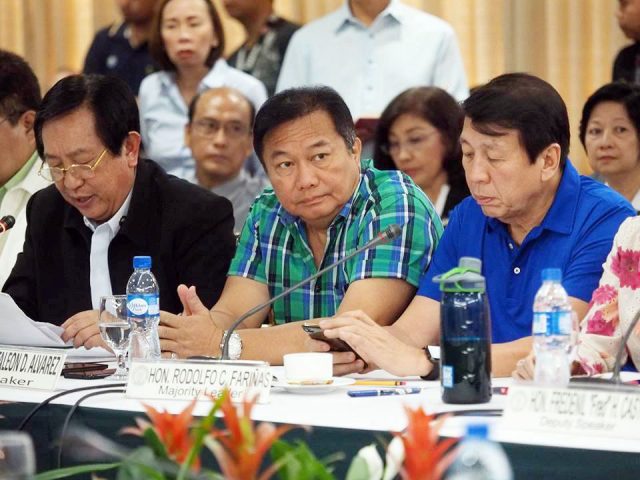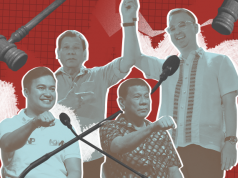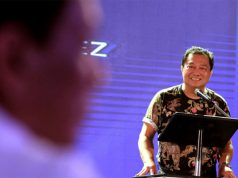
MANILA, Philippines – Lawmakers are contemplating a rationalized formula of revenue distribution to help ensure that poor provinces or regions do not get the raw end under the prospective federal system of government.
The proposed federal system being pushed by the administration will create up to 14 states, each composed of provinces or cities that will be autonomous and have responsibility over their own finances, laws, industries, education healthcare, transportation, public safety, recreation and culture.
In light of this, Speaker Pantaleon Alvarez said a formula could be adopted under the federal setup to ensure every region would have adequate potential and resources for development.
“Yung mga regions na talagang mahirap pwede natin yang isama doon sa region ng mayaman para kaya silang buhatin nung region na yun (Regions that are disadvantaged can be folded into the ones that are more well off, so that they can be lifted accordingly),” Alvarez told reporters in an interview.
For example, Alvarez said, the relatively poor CARAGA region and the prosperous Davao region could be grouped together as a state. Similarly, the poor areas of Region 8 in Eastern Visayas may be grouped with the more economically strong Region 7, Central Visayas.
“Tulungan lang (Just help each other),” he said.
In a presentation to the House committee on constitutional amendments Tuesday, Jose Arnold Tan, director of the Bureau of Local Government Finance, said the majority of the 16 existing regions depend on the Internal Revenue Allotment (IRA) system, which is automatically appropriated in the national budget, and other external funding sources for their operation.
Under this system, the National Capital Region (NCR) topped the other regions with 78 percent local revenue dependency.
Region IV-A or CALABARZON came next with 41 percent, and Region III or Central Luzon was at third with 38 percent.
Region 1 (Ilocos region), Region V (Bicol region), Region VI (Western Visayas), Region VII (Central Visayas) and Region X (Northern Mindanao) sourced 22 to 29 percent of its revenues from local sources.
The Cordillera Autonomous Region (CAR), Region II (Cagayan Valley), Region VIII (Eastern Visayas), IV-B (Mimaropa), IX (Zamboanga Peninsula), XII (SOCCSKSARGEN), XIII (Caraga Region) registered between 12 and 17 percent local revenue dependency.
Locally or internally sourced income includes tax revenues from real property, business and other local taxes; and non-tax receipts from fees and charges, government business operations, and other miscellaneous income.
Every year, local government units also source their fund from IRA for their development projects.
Alvarez said that a Special Equalization Fund may be established by the federal government, similar to the system in Malaysia, to assist “poor” or less developed component states and enable them to catch up with economically advanced ones until they are able to stand on their own.
Alvarez said that the IRA would likely be scrapped but replaced by a revenue-sharing arrangement where the lion’s share would go to the component states.
He said it would be up to the framers of the new federal constitution to determine the final revenue-sharing ratio between the states and the federal government.









